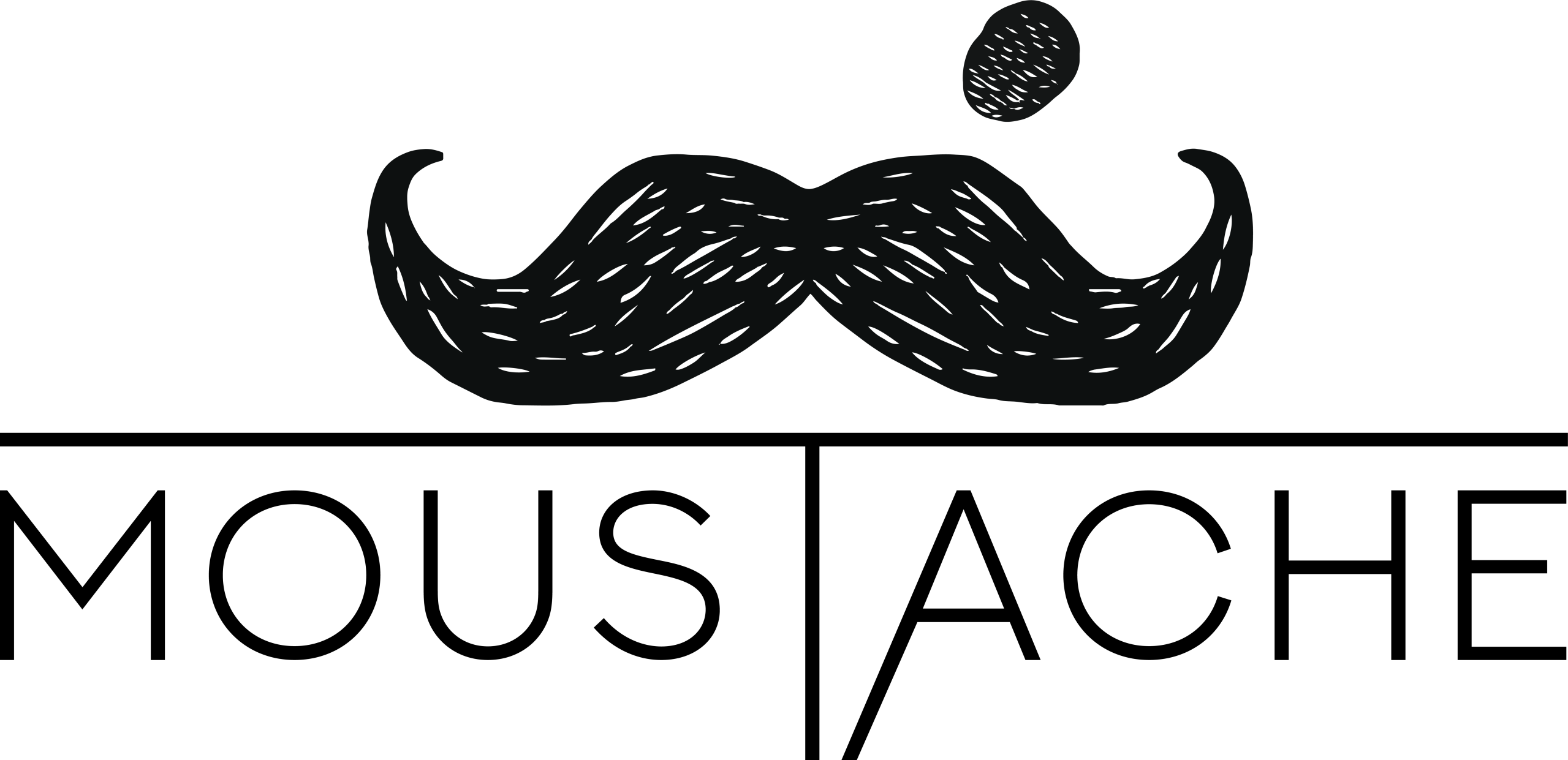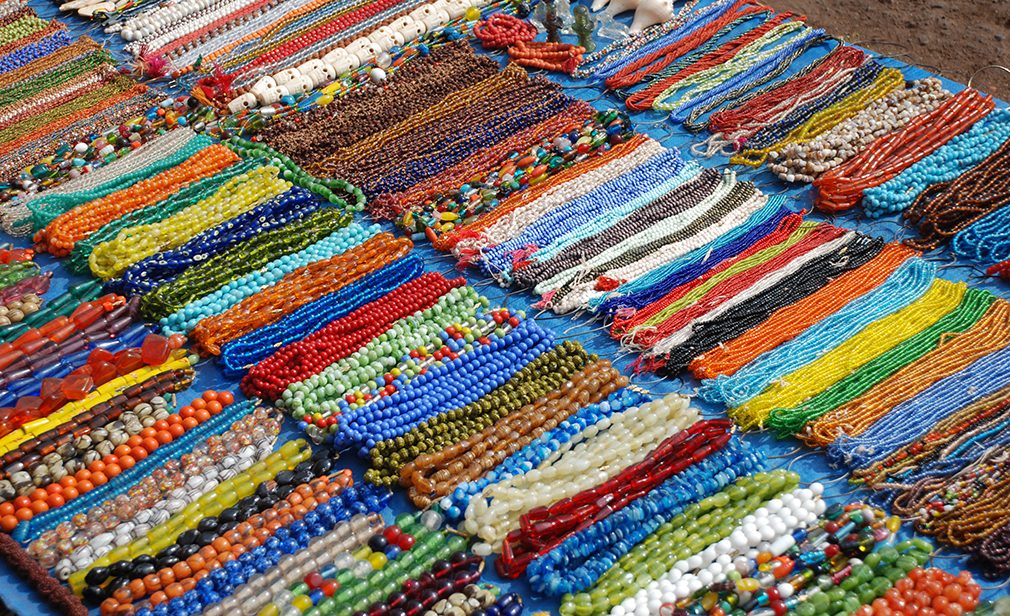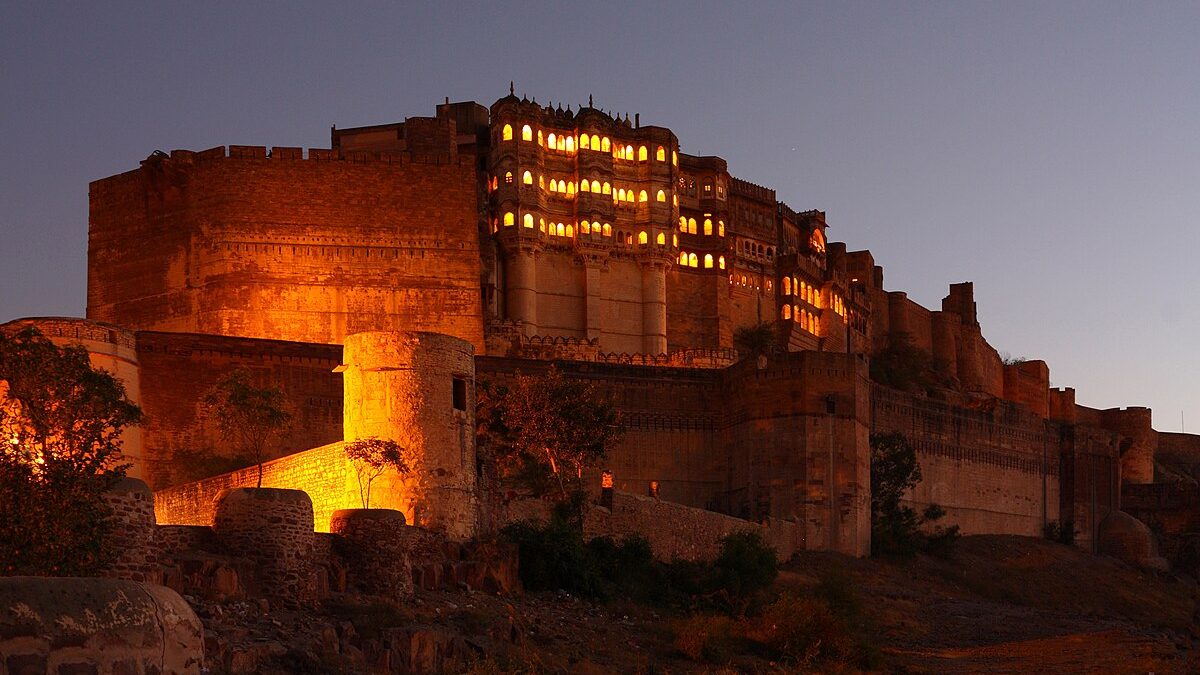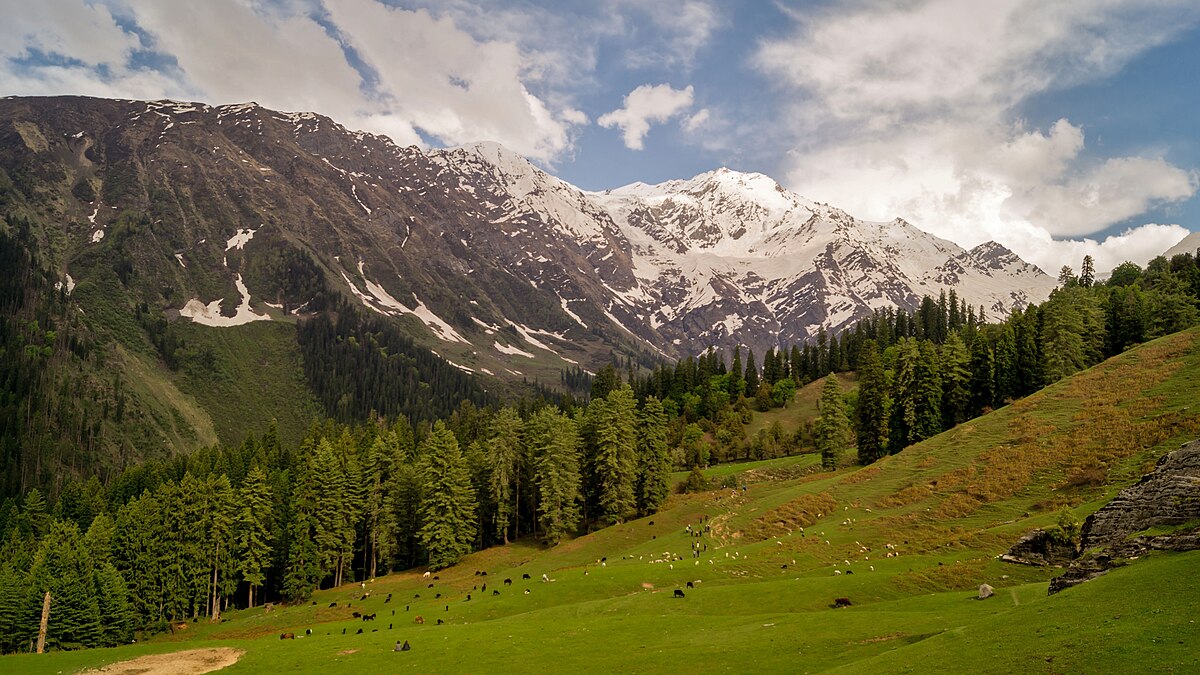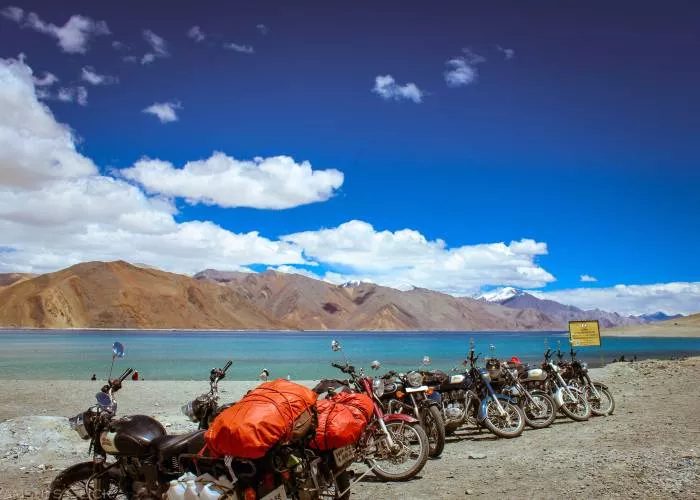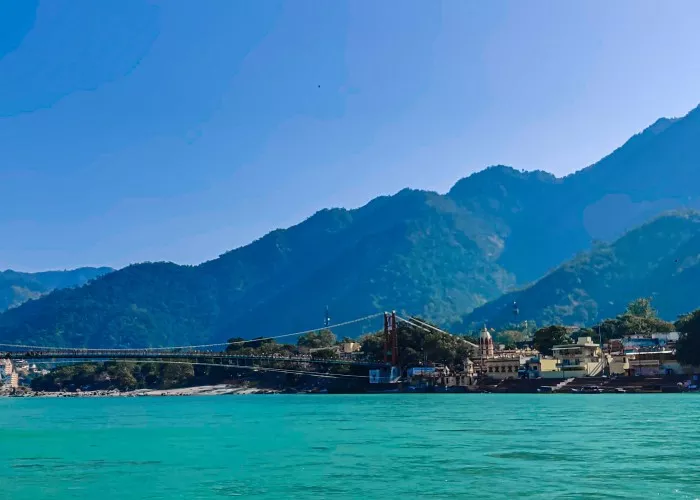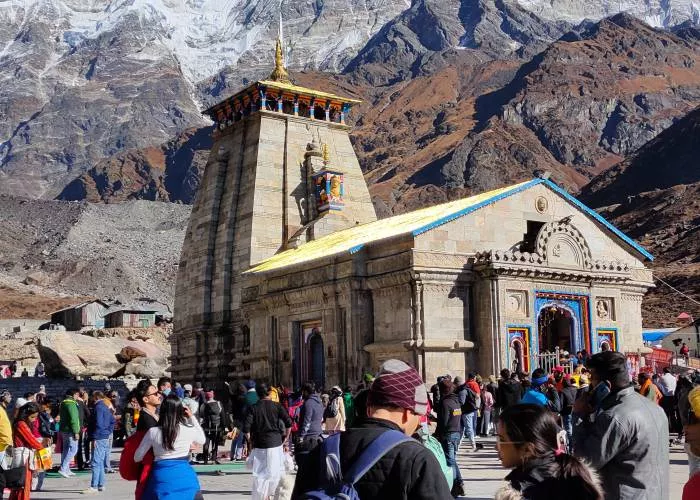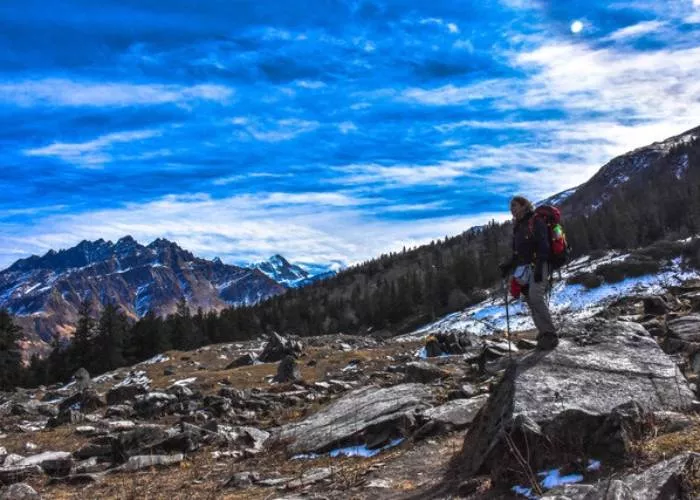Some cure, some kill, some bloom – An aromatic Valley of Flowers guide
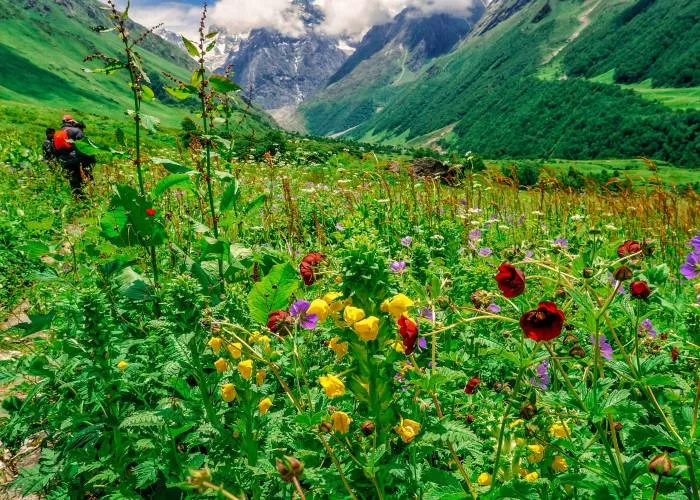
About Some cure, some kill, some bloom – An aromatic Valley of Flowers guide
The Valley of Flowers Uttarakhand is home to over 650 species of flowers. For context, the Valley of Flowers National Park covers only about 712 square kilometres of area. Even if you don’t consider the number of animal species, that’s a huge amount of biodiversity in a pretty small space. And plenty of those species are endangered as well. As such, the Valley of Flowers National Park is a UNESCO World Heritage Site. Here we will explore about Valley of Flowers Guide.
All things considered, it would be a waste to visit such a prestigious and diverse place without knowing what you’re seeing. So here’s a small Valley of Flowers Guide about the flowers. See how many of them you can recognise when you make the Valley of Flowers Trek!
Kings and Queens of the Himalayas: Native Flowers
This Himalayan valley hosts many flowers native to the region. Here are some of the most famous ones:
Salam Panja aka Dactylorhiza Hatagirea
This flower grows only in Himalayan regions at altitudes of 9,200–13,100 ft. It’s often called Panchaule by the locals, meaning ‘five-fingered hand’. Extracts from the flower have medicinal properties that were often overused in the past, leading to prohibition of its collection and sale in India.
Vajradanti aka Himalayan Cinquefoil
Visible right at the entry to the valley, this small and cute flower has no particular uses except adding beauty to an area. Scientifically termed as Potentilla Peduncularis, its cousin, the ruby cinquefoil (shown in image), is also sometimes visible at the Valley of Flowers. Both are equally striking but the ruby cinquefoil is much rarer and difficult to spot. These flowers have the local name of Vajardanti.
Blessings to Ancient India: Medicinal Flowers
Plants and flowers were initially indoctrinated into society because of their various medicinal properties. Although modern and manufactured medicine has taken over most of that role, the rural knowledge of these plants remains. Here are some that can be found at the Valley of Flowers.
Blue Poppy aka Queen of Himalayan Flowers
Meconopsis aculeata is a highly valued medicinal plant with a very small geographical spread. Although the larger group Meconopsis can be found throughout the world, the aculeata variant is only seen in the west Himalayas. It’s supposed to cure diseases related to the head. So these are also fabulous flowers if you are searching for Valley of flowers guide.
Meetha Vish aka Aconitum Balfourii
The Ayurvedic name of this flower is Vatsanabha and the Hindi name is Meetha Vish. In small doses, it has anti-inflammatory and other medicinal properties. But the kicker is that in large doses, it can even act as a sedative, narcotic, or poison. Definitely not a flower to be trifled with.
Great Mullein aka Verbascum Thapsus
Although it’s used pretty often in traditional Indian and even Chinese medicine, no official or approved drugs are made from this plant. That said, it’s useful to treat skin, throat, and breathing ailments. As another prevalent flower in the region, it has the local names of Akulbir and Kari Tamakhu.
Cheerful Sececio aka Senecio Laetus
This flower is from the sunflower family. It’s found in abundance in the valley between mid July and mid August. Its main local uses are in alleviating body swelling and throat pain.
Let these Flowers Catch Your Eye
Although native flowers make the Valley of Flowers unique and medical flowers make it necessary to preserve, they are not the only types of flowers there. Here are some other striking flowers that you should make sure to find on your visit.
Brahma Kamal aka Saussurea Obvallata
The state flower of Uttarakhand, this flower is commonly used as an offering at temples. It’s also sometimes used locally as cold medicine. It has connections to Brahma, Parvati, and Draupadi — three important figures in Hindu mythology. As such, it is believed among the locals that watching the flower bloom will make your wishes come true.
Wild Onion of the valley aka Allium Humile
Yep, you guessed it right. This flower is used in cooking. Rather than being an actual onion of any kind, it is the leaves of this plant which are useful. They taste like garlic and provide an easily available substitute for garlic in the region to be used while cooking.
Violet Monkshood aka Aconitum Napellus
Wolfsbane, aconite, devil’s helmet… this flower has many names. All of them mean poison. As one of the most famous and widespread poisons in history, this flower needs to be handled carefully even by experts. For non-experts, it is perhaps best to just appreciate it from afar.
Other Delights at the Valley of Flowers
The large variety of colourful flowers is surely the main attraction of the Valley of Flowers Uttarakhand package. But to truly enjoy the area, take a look around at the other sights as well.
The Valley of Flowers trek distance is about 4 kilometres if you start from Ghangaria, easily coverable in a few hours. Plus, the national park closes by 5 PM, so you have ample time to roam around the towns of Ghangaria and Govindghat. They are known for their rural charm. Ghangaria is the last settlement on your way up to the Valley of Flowers, so it is full of places to stay, eat, and explore. Its stunning natural beauty and green mountain views add to its allure.
Govindghat, located at the confluence of two rivers, is an important hotspot on the way to Badrinath and is hence often populated with pilgrims. As a matter of fact, the Badrinath to Valley of Flowers distance is only 25 kilometres and you can trek your way there as well over a few days.
Those well-versed in treks in this area will often mention a Hemkund Sahib Valley of Flowers circuit. Hemkund Sahib is a steeper and more difficult 14-kilometre trek that branches off from Ghangaria. Trekkers often couple a Hemkund Sahib trip with a Valley of Flowers trip, hence the circuit. The trek is well worth it though for a visit to the highest Gurudwara in the world and a view of the tranquil lake beside it.
The Time is Now
After this mini guide, we’re sure that you will be eager to recognize the flowers for yourself at the valley. And the time is perfect for it: The Valley of Flowers is open from June to October, and July-August is widely regarded as the best time with the most flowers. The Valley of Flowers temperature is also mild during these months at around 10-15°C with occasional rain showers that cool it down further.
So this was the complete blog about Valley of Flowers Guide of Moustache Escapes. So, don’t wait any longer. Book your Valley of Flowers trek package now.
Are you an enthusiast for adventure? Check out our website for more exciting trips and treks, or hit up our blog and social media.
